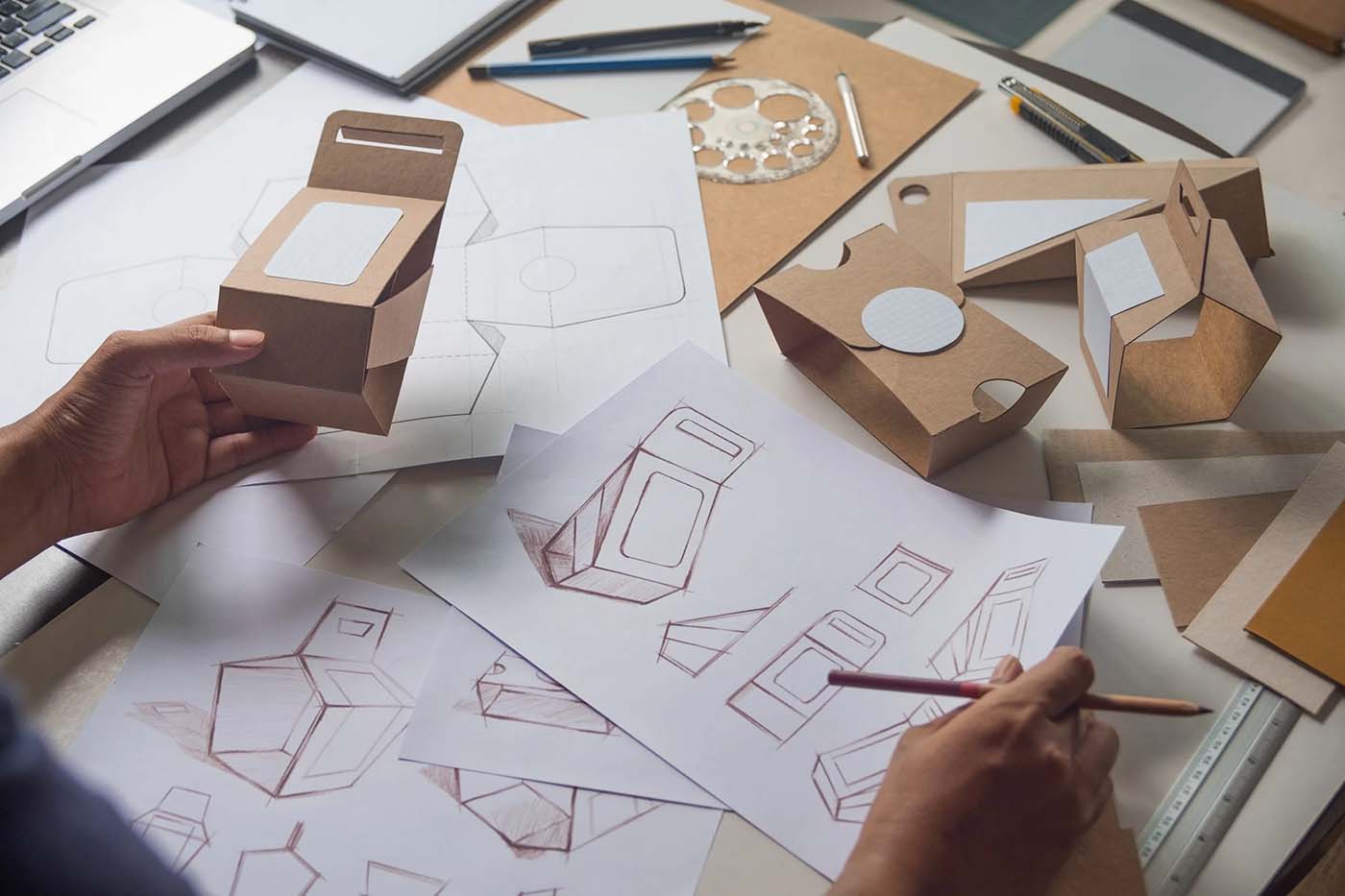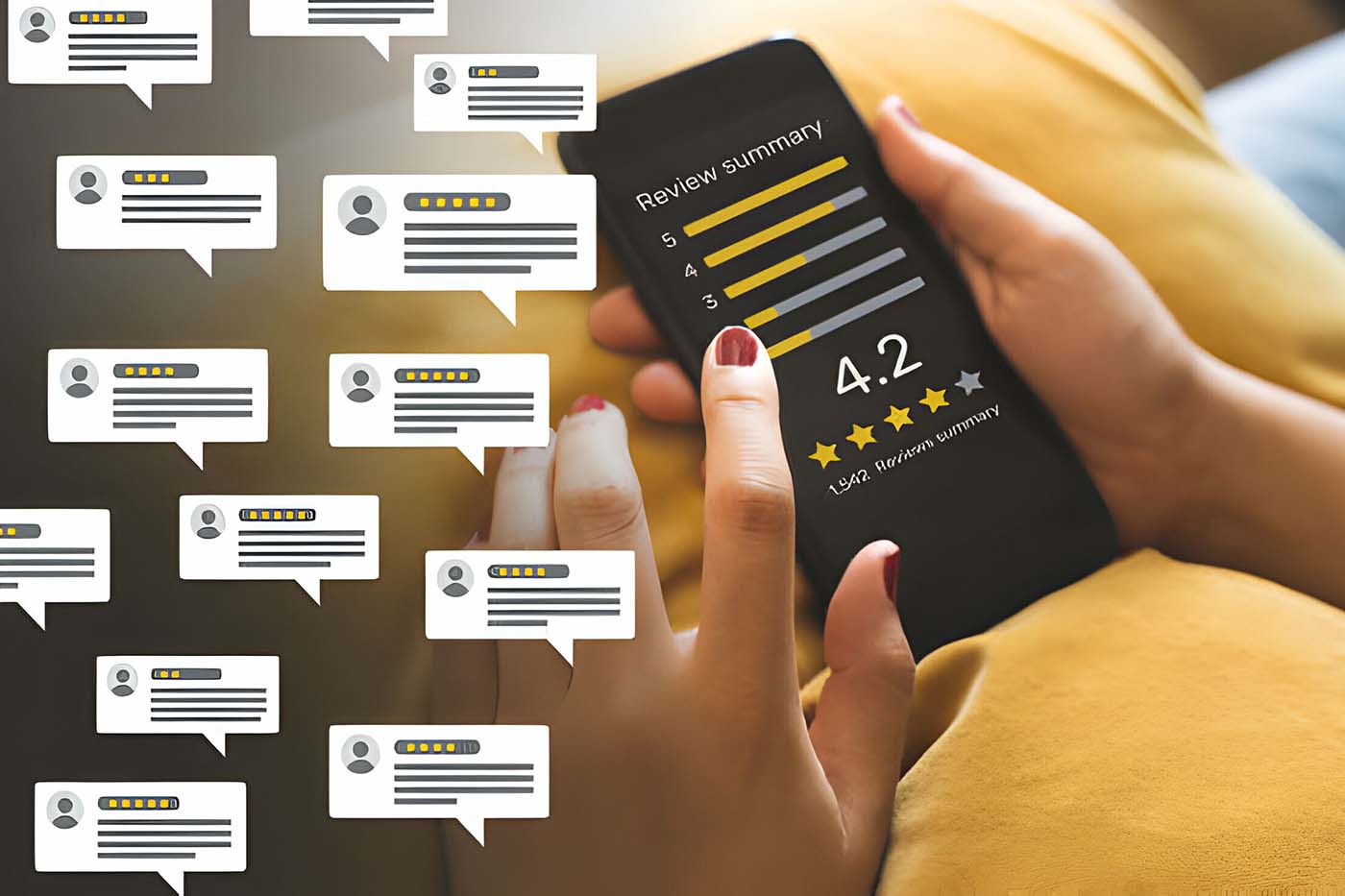Going through the stages of product development can be an exciting yet challenging endeavour for beginners. Whether you are a budding entrepreneur with a groundbreaking idea or someone passionate about turning a product concept into a tangible product, understanding the fundamentals of the product development process is crucial.
This comprehensive guide will cover the crucial steps of the product development cycle by providing insights and practical tips to help you navigate the path from idea to market.

What is Product Development?
Product development is creating or enhancing your products to meet market needs and customer demands. It involves steps that begin with conceptualising your idea and progress through design, prototyping, testing, manufacturing, and ultimately, market launch.
Successful product development requires creativity, strategic planning, and effective execution.
Why is Product Development Important?
Developing a product is crucial for the success and longevity of your business for many reasons. Key reasons highlighting the importance of product development include innovation and competitiveness, meeting customer needs, and adaptation to market trends.
Innovation and competitiveness
Product development is essential for fostering innovation and helping you stay competitive. It allows your business to introduce new product features, functionalities, integrations, or entirely new product ideas that can set it apart from competitors.
Meeting customer needs
At the heart of your product roadmap lies the ability to comprehend and cater to customer needs. Developing products that meet these needs enables your business to build stronger customer relationships and loyalty.
Adaptation to market trends
The market is dynamic, and consumer preferences change. Product development enables your business to adapt to emerging trends, ensuring that your offerings remain relevant and appealing to your target audience.

Identifying Market Opportunities
Identifying market needs is critical in the early stage of your product roadmap. Understanding market demands, trends, and gaps can help your business pinpoint areas where your type of product can create value and meet customer needs effectively.
Market research
It is recommended to carry out comprehensive market research to identify any potential challenges that may arise. Understand the competitive landscape, target audience, and industry trends to inform your product development strategy.
SWOT analysis
Assess internal and external factors that could affect product development using a SWOT analysis, which stands for identifying strengths, weaknesses, opportunities, and threats. This business analysis provides a strategic overview and helps you make informed decisions.
Define your target audience
Defining your target audience will affect many elements in your concept development process. A clear understanding of your potential customers helps tailor your new product to meet their specific needs and preferences.
User feedback
Seek feedback from your potential users early in the development process. Understanding their pain points and expectations will guide your decisions throughout the new product development process.

Conceptualisation and Ideation
Conceptualisation and ideation are crucial first stages that involve innovative idea generation that you eventually turn into actionable concepts. This phase involves exploring, refining, and validating potential solutions to address identified market opportunities.
Generating ideas
Organise brainstorming sessions with your product development team members or collaborators for idea generation. Encourage creativity and open-mindedness to explore diverse possibilities.
Market validation
Validate your product ideas by seeking input from potential users, industry experts, idea screenings, or through surveys and focus groups. Ensure a genuine demand for the product you intend to develop.
Detailed conceptualisation
Develop detailed concepts for the selected ideas, including sketches, descriptions, and potential product features. This step helps you visualise the product and communicate the product concept to stakeholders, typically through mockups.
Feasibility analysis
Conduct a feasibility analysis to assess the practicality and viability of your concepts. Consider factors such as technical requirements, cost implications, and potential challenges.

Design and Prototyping
Product design and prototyping are the pivotal stages of conceptual ideas being translated into tangible prototypes embodying the envisioned product. This phase involves iterative design refinement, project management, and the creation of prototypes to validate concepts and gather feedback.
Collaborative design process
Engage designers, engineers, and other relevant experts in a collaborative design process. You should consider user experience, functionality, and aesthetics during this phase.
Iterative design
Embrace an iterative design approach that refines and improves your design based on feedback and testing. This step ensures that your final product aligns with user expectations.
Build prototypes
It is a good idea to create prototypes or minimum viable products (MVPs) to test your design concepts. Prototypes help identify product design flaws, functionality issues, and areas for improvement.
User testing
In order to collect valuable feedback, it is recommended to conduct user testing with a diverse group of individuals. This iterative process allows you to refine the product based on real-world user experiences.

Development and Production
Concept development and production involves transforming your conceptualised design into a tangible product ready for market launch. This phase includes technical development, manufacturing, and quality assurance to ensure your product meets design specifications and customer expectations.
Technical specifications
Develop detailed technical specifications based on your finalised design. Work closely with your developers and engineers to ensure the new product idea meets the required technical standards.
Agile development
Consider adopting an agile development methodology that affords flexibility and adaptability during your concept development phase. This approach accommodates changes and adjustments based on ongoing feedback.
Selecting suppliers
Choose suppliers or manufacturers capable of producing your product at scale. Consider factors such as quality, reliability, and cost when you make these decisions.
Quality control
Implement robust quality control measures throughout the entirety of your production process. Regularly inspect and test samples to maintain consistent product quality.

Testing and Validation
Concept testing and validation are critical phases where prototypes receive rigorous evaluation to ensure they meet quality standards, functional requirements, and user expectations. This involves various testing methodologies to identify and address any issues or deficiencies before moving forward with production.
Thorough testing
Conduct comprehensive concept testing to ensure your product meets quality standards and specifications. This process includes functional testing, performance testing, and compliance testing.
Iterative improvements
Address any issues or defects identified during concept testing through iterative improvements. Strive for continuous refinement to deliver a polished and reliable final product.
Engage end-users
Invite end-users to participate in user acceptance testing (UAT). Their feedback is invaluable in assessing your product’s usability, functionality, and overall satisfaction.
Refinement based on feedback
Use the feedback gathered during UAT to make final refinements to your product. This may involve tweaking new features, enhancing user interfaces, or making other adjustments.

Marketing and Launch
Product marketing and launch are the homestretch phases in the product development cycle, where your focus shifts from product development to introducing your new product to the target market and generating awareness and demand. It entails strategic planning, execution, and coordination of product marketing activities to ensure a successful product launch and commercialisation.
Comprehensive marketing campaign
Develop a comprehensive marketing plan with your team members that involves go-to-market strategies for generating awareness, creating anticipation, and driving demand for your finished product. Some of the best marketing strategies include pay-per-click (PPC) advertising, content marketing, email messaging, and search engine optimisation (SEO).
Targeted channels
Your marketing team members must identify the most effective channels to reach your target audience. These channels could include online platforms, social media, traditional media, influencers, or a combination of these.
Launch event
Plan and execute a launch event to introduce your product to the market. This could be a physical event, a virtual launch, or a strategic release or commercialisation through distribution channels.
Customer engagement
Engage with customers through various channels during your product’s launch. Respond to inquiries, gather feedback, and create a positive customer experience.
Post-launch Evaluation and Iteration
Post-launch evaluation and iteration are part of the product life cycle, where your focus moves from product launch to monitoring its performance, gathering feedback, and making iterative improvements. Think of it as the maintenance and scaling phase, where you must assess key performance metrics, analyse customer feedback, and refine the product based on market insights to drive continuous improvement and innovation.
KPI tracking
Monitor your key performance indicators (KPIs) like sales figures, customer satisfaction scores, and market share. Regularly assess your product’s performance against set benchmarks.
Data analysis
Analyse data trends to identify patterns, successes, and areas for improvement. This data-driven approach informs strategic decisions and future product development efforts.
Continuous improvement
Embrace a culture of continuous improvement. Use customer feedback, market trends, and technological advancements to inform iterative development cycles.
Product evolution
Recognise that product development is an ongoing process. It is crucial to continuously update your product to meet shifting customer needs and stay ahead of the competition.
From Product Vision to Tangible Profit
Embarking on a new product development process as a startup or beginner is an exciting and rewarding experience. By understanding the fundamentals of the product development process and following a systematic approach, you can transform your ideas into successful products that resonate with your target audience.








